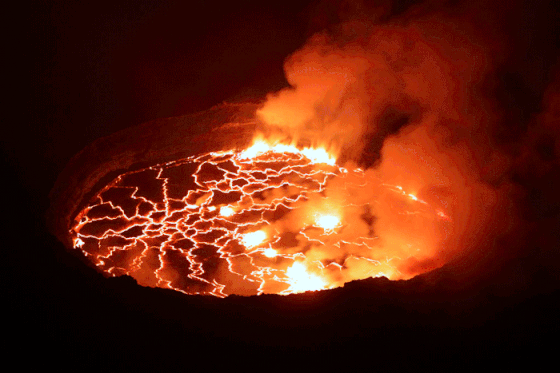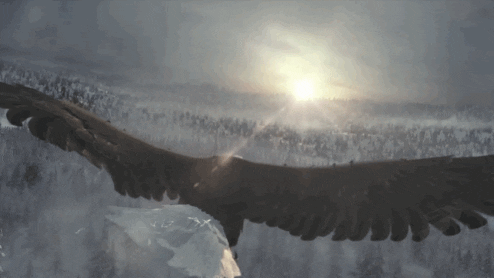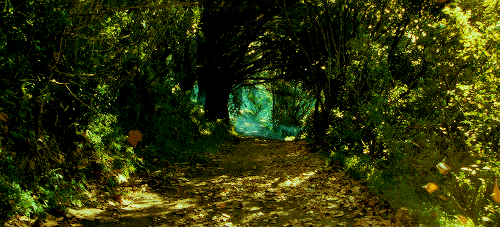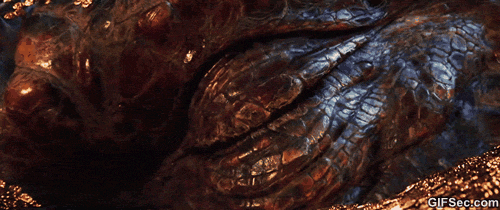TheBlackLion
Guardian Spirit of the Sky
All the tribe, planetary, and world info and lore will go here. I am open to suggestions and additions (just run it by me first) and this thread will grow.
In the "Hierarchy and Society" tab of each tribe are listed generalized tribe positions. Characters are not limited to these, but I hope it helps contextualize the society. Positions marked with a (★) are recommended for this roleplay.
In the "Hierarchy and Society" tab of each tribe are listed generalized tribe positions. Characters are not limited to these, but I hope it helps contextualize the society. Positions marked with a (★) are recommended for this roleplay.









